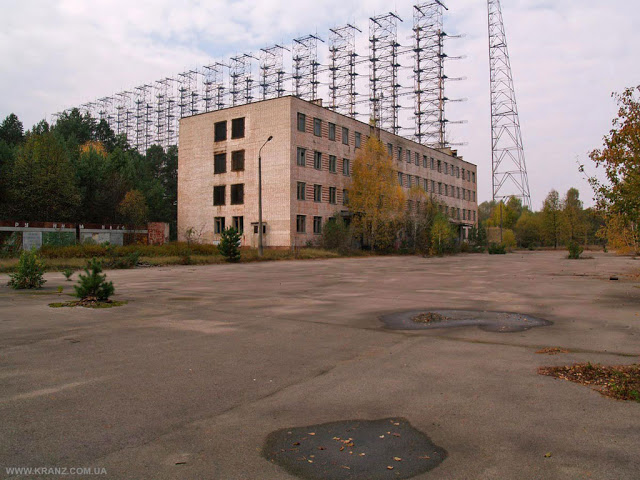(Source: CNN Travel via Heath Hall)
(CNN) — The peaceful untouched forest north of Ukraine’s capital, Kiev, is a perfect spot to enjoy the outdoors — save for one fact.
It contains the radiation-contaminated Chernobyl Exclusion Zone, established in 1986 after the world’s worst nuclear disaster sent a wave of radiation fallout across Europe.
Since 2011 it’s been a major draw for adventurous tourists, but the forests here conceal another legacy of the Cold War, with a far more sinister and mysterious reputation.
The Duga radar.
Though once a closely guarded secret, this immense structure can be seen for miles around, rearing up through the mist over the horizon — a surreal sight.
From a distance, it appears to be a gigantic wall. On close inspection, it’s an enormous, dilapidated structure made up of hundreds of huge antennas and turbines.
The Duga radar (which translates as “The Arc”) was once one of the most powerful military facilities in the Soviet Union’s communist empire.
It still stands a towering 150 meters (492 feet) high and stretches almost 700 meters in length. But, left to rot in the radioactive winds of Chernobyl, it’s now in a sad state of industrial decay.
Anyone exploring the undergrowth at its feet will stumble upon neglected vehicles, steel barrels, broken electronic devices and metallic rubbish, the remainders of the hasty evacuation shortly after the nuclear disaster.[…]
Click here to continue reading the full article and explore the photo gallery at CNN Travel.

